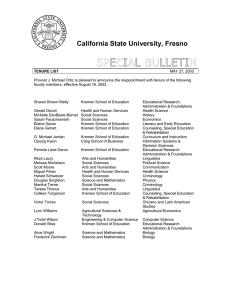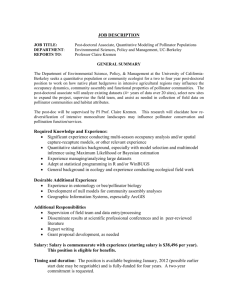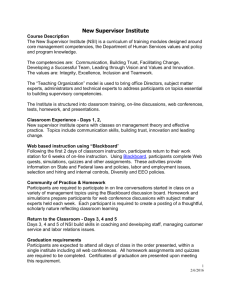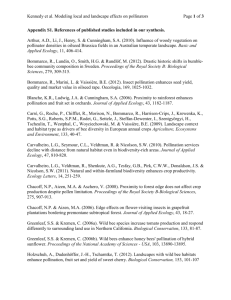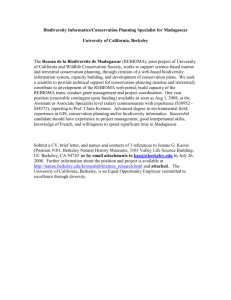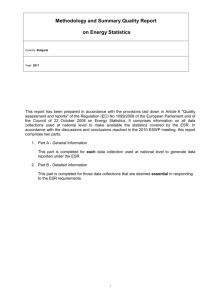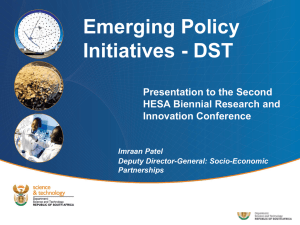1-page brief using the IRAC method1 Kremen v
advertisement
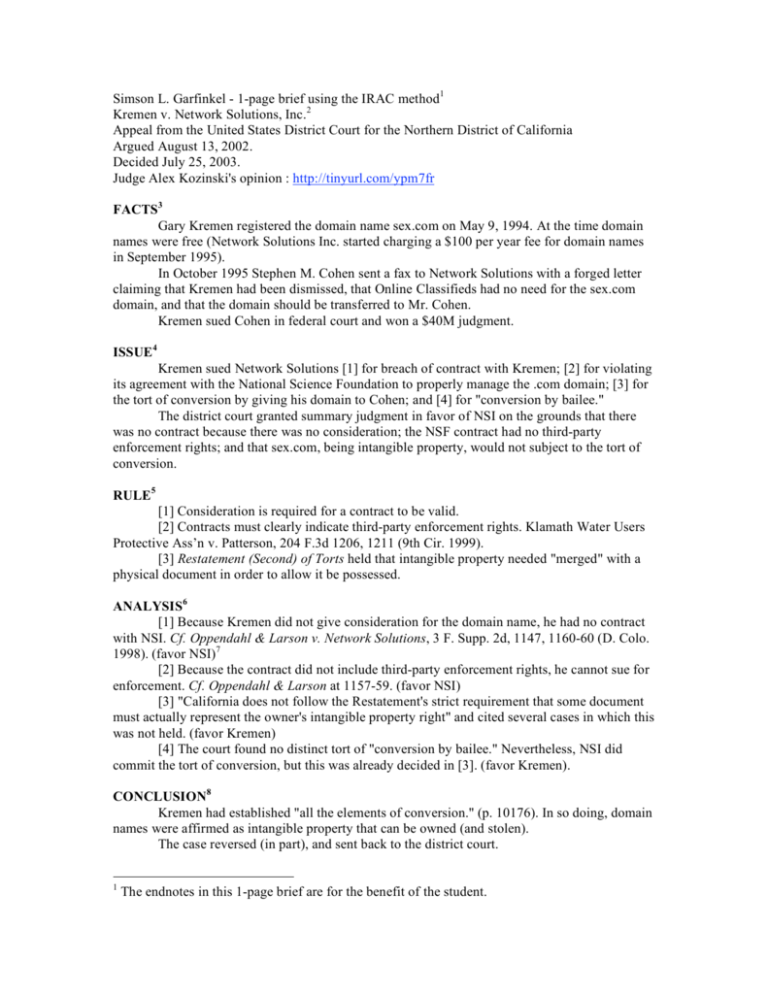
Simson L. Garfinkel - 1-page brief using the IRAC method1 Kremen v. Network Solutions, Inc.2 Appeal from the United States District Court for the Northern District of California Argued August 13, 2002. Decided July 25, 2003. Judge Alex Kozinski's opinion : http://tinyurl.com/ypm7fr FACTS3 Gary Kremen registered the domain name sex.com on May 9, 1994. At the time domain names were free (Network Solutions Inc. started charging a $100 per year fee for domain names in September 1995). In October 1995 Stephen M. Cohen sent a fax to Network Solutions with a forged letter claiming that Kremen had been dismissed, that Online Classifieds had no need for the sex.com domain, and that the domain should be transferred to Mr. Cohen. Kremen sued Cohen in federal court and won a $40M judgment. ISSUE4 Kremen sued Network Solutions [1] for breach of contract with Kremen; [2] for violating its agreement with the National Science Foundation to properly manage the .com domain; [3] for the tort of conversion by giving his domain to Cohen; and [4] for "conversion by bailee." The district court granted summary judgment in favor of NSI on the grounds that there was no contract because there was no consideration; the NSF contract had no third-party enforcement rights; and that sex.com, being intangible property, would not subject to the tort of conversion. RULE5 [1] Consideration is required for a contract to be valid. [2] Contracts must clearly indicate third-party enforcement rights. Klamath Water Users Protective Ass’n v. Patterson, 204 F.3d 1206, 1211 (9th Cir. 1999). [3] Restatement (Second) of Torts held that intangible property needed "merged" with a physical document in order to allow it be possessed. ANALYSIS6 [1] Because Kremen did not give consideration for the domain name, he had no contract with NSI. Cf. Oppendahl & Larson v. Network Solutions, 3 F. Supp. 2d, 1147, 1160-60 (D. Colo. 1998). (favor NSI)7 [2] Because the contract did not include third-party enforcement rights, he cannot sue for enforcement. Cf. Oppendahl & Larson at 1157-59. (favor NSI) [3] "California does not follow the Restatement's strict requirement that some document must actually represent the owner's intangible property right" and cited several cases in which this was not held. (favor Kremen) [4] The court found no distinct tort of "conversion by bailee." Nevertheless, NSI did commit the tort of conversion, but this was already decided in [3]. (favor Kremen). CONCLUSION8 Kremen had established "all the elements of conversion." (p. 10176). In so doing, domain names were affirmed as intangible property that can be owned (and stolen). The case reversed (in part), and sent back to the district court. 1 The endnotes in this 1-page brief are for the benefit of the student. 2 Start by identifying the case (usually denoted by the plaintiff and defendant), and the venue where it is currently being decided. Give all dates. 3 Next, have a summary of the FACTS of the case. Yes, this is the IRAC method, not the FIRAC method. Nevertheless, a summary of the facts of the case belongs here, rather than below. In the American legal system the facts of the case are decided by the trial court. Appeals usually restricted to matters of law, not matters of fact. A higher court can reverse a judgment because an error was made in law. The emergence of new evidence can be grounds for a new trial, but usually not a reversal by a higher court. 4 The ISSUE is the issue that was to be decided by the appellate court. Kremen's appeal asked that the court resolve four issues; they are numbered here [1] through [4]. 5 The RULE is the rule of law that applies here. 6 In this case, the analysis is the analysis that was done by the court. 7 (favor NSI) is my shorthand to indicate that this portion of the ruling favored NSI. I could have also written that the ruling here was "upheld." However on appeals it can be confusing who is the party bringing the action (it's usually the party that lost at the lower court, but not always), so I prefer to make it explicit here. 8 The CONCLUSION should explain what happened and (for this course, at least), state the importance of the ruling. If no ruling has been made yet, state what the ruling the court should make, making it clear that this is an opinion and hasn't happened yet. Do not introduce any new rules or analysis in this section.
